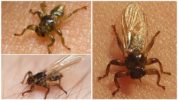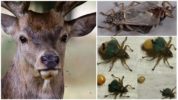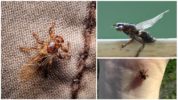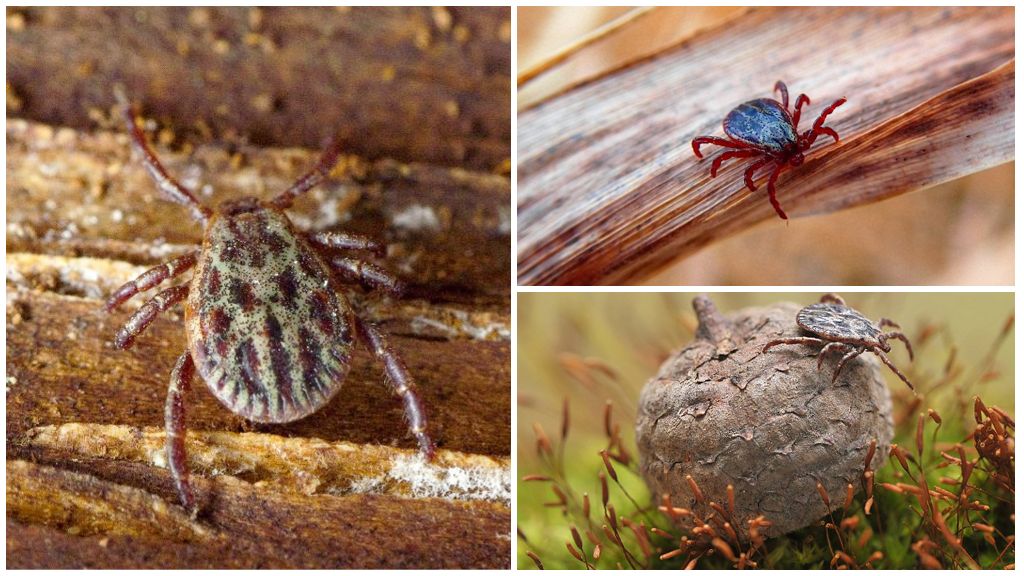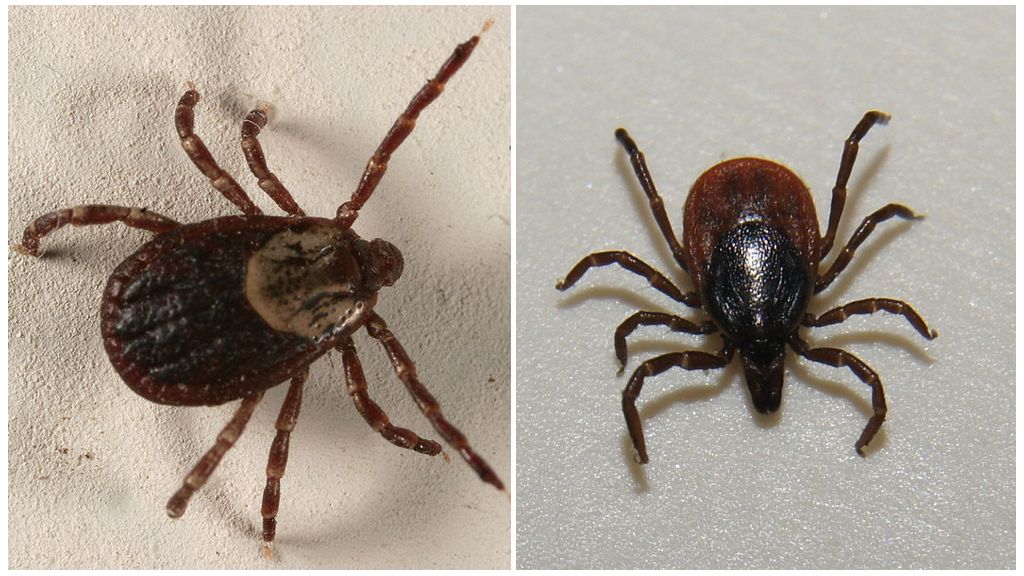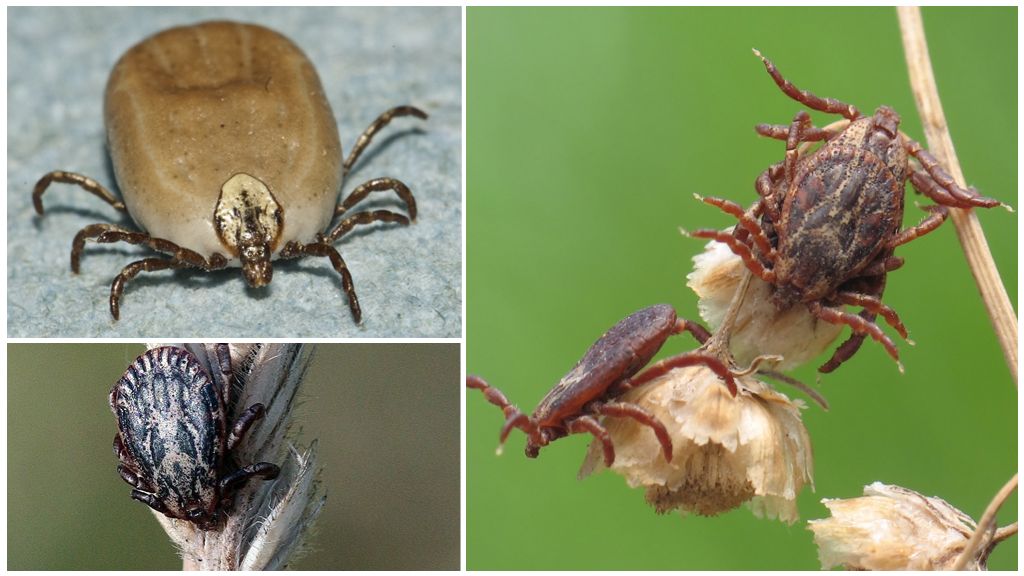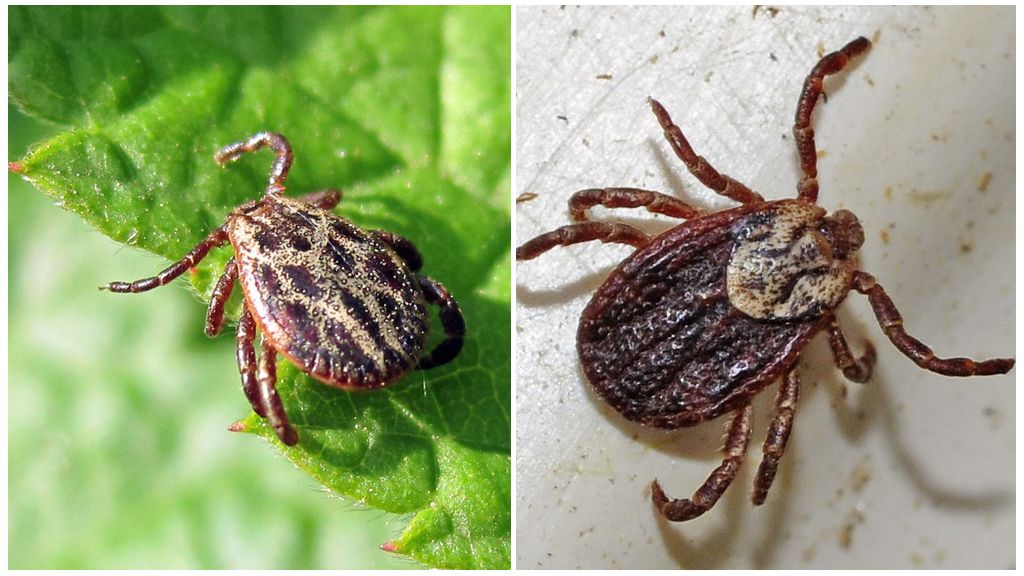- Elk tick
- Breeding the elk tick
- Bloodsucker deer
What troubles do not await a person in the forest. And they can be not only wild animals, but also various blood sucking insects. To find out in the tangled hair of the head of flies it was possible to many. A little later, small papules form on the human body, accompanied by itching, redness and pain. All these symptoms are evidence of the attack of a deer bloodsucker, which is popularly referred to as a moose tick.
What does it look like
Bloodsucker deer, moose tick, deer louse or moose flea - all these are the names of one parasite that lives on moose, deer and other representatives of the artiodactyl family. Boars and foxes, bears and badgers, goats, sheep and cattle can also be attacked by bloodsuckers.
On a note!
Quite often, ectoparasite is confused with tick, since, attacking the body of the victim, the pest breaks off the wings and fastens its paws on the hair. However, this statement is incorrect: deer bloodsucker does not apply to ticks. The blood-sucking parasite of the warm-blooded Lipopténa cérvi is a species of the bloodsucker family Hippoboscidae Samouelle.
What it looks like:
- Externally, the moose tick is similar to a small fly, whose body size does not exceed 3.5 mm. Moreover, females are usually larger than males (a photo of a moose tick is presented below).
- The light brown color of the fly has a soft and elastic abdomen, which is able to stretch when eating a large amount of food and bearing offspring.
- The bloodsucker is the owner of 3 pairs of strong legs growing from the chest, at the ends of which there are asymmetric claws.
- The antennae and rather large eyes of the facet structure are located on the flattened and directed head of the moose tick, and in addition to them there are 3 simple eyes. However, the bloodsucker does not shine with vision, focusing on the terrain and the victim along the contours.
- Well-developed transparent wings are located on the sides of the dense leathery body of a deer bloodsucker. But the pest flies not very well and is not able to fly long distances.
A tick-like fly has a piercing-sucking type of mouthpart, similar in structure to the proboscis of the lighter, which allows it to easily pierce the skin of an animal or person. A more detailed look at the structure of ectoparasite can be seen on a photo of a deer tick, presented below.
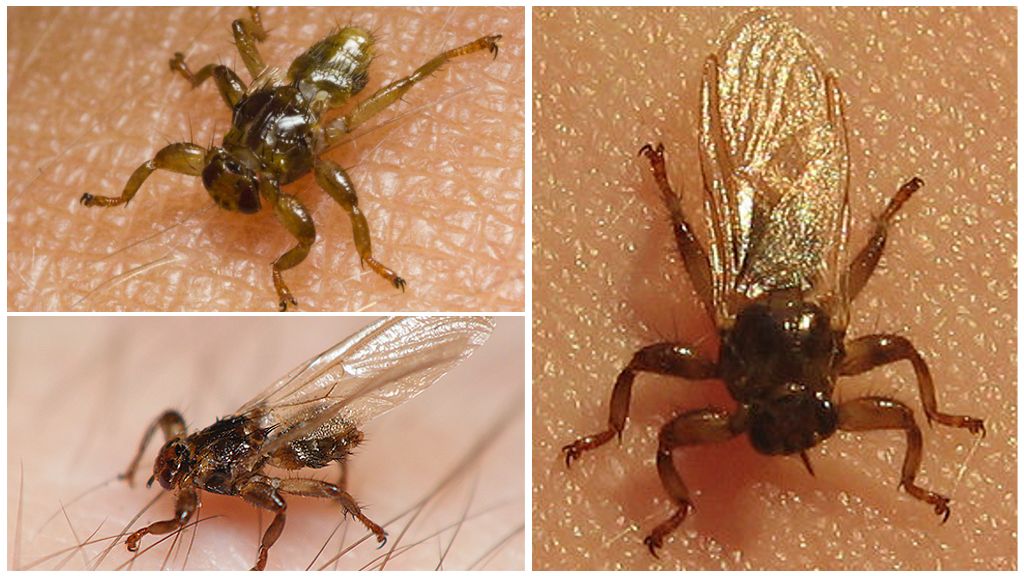
Where dwells
Moose ticks are common in northern China, Scandinavia, North America. You can meet flying bloodsuckers in Russia: especially in the European part of the country and in Siberia. The number of pests varies depending on the number of artiodactyls of the deer family.
A bloodsucker dwells in the forest, being on bushes and trees waiting for a suitable victim. He prefers to live ectoparasite in the thick coat of animals, since it is convenient to cling to the hairs with claws. Due to the fact that this cannot be done on human skin, a bloodsucker when attacking people is limited only to bites.
Interesting!
A single dose of blood drunk by the parasite can reach 1.5 ml, and the number of meals of the pest during the day is up to 20 times.
About nutrition and reproduction
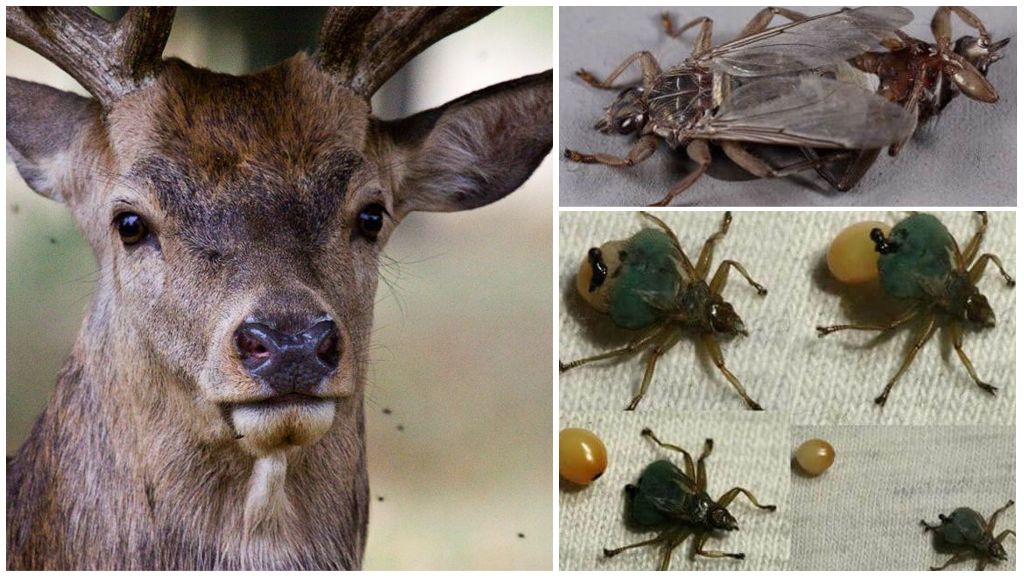
Like its other relatives of the Hippoboscidae family, the elk flea has a live birth, and therefore the development of the egg and larva continues in its womb.Usually this process occurs in late September. After 2-3 days, very large sizes (up to 4 mm) of pre-pupae or puparia appear, which the female gives birth at certain time intervals. After 2 days from the time the uterus is emptied, the next larva enters the uterus from the uterine expansion of the oviduct, which is born in a similar way. Throughout life, the female gives birth to about 20-30 puparia.
The body of the puparia does not grow, but only acquires a dark color and a solid surface. Then it falls to the ground, where it remains to winter. The development of the future individual will continue only with the advent of spring. The process of forming a chrysalis takes almost the entire summer period until August, resulting in the appearance of a moose tick with wings (a photo of a flying tick is presented below). In some areas of the Russian Federation, the appearance of adults is delayed until mid-October.
The newly-found individual settles on a tree or shrub where it loots its prey. If such a bloodsucker is found, it clings to the animal’s hair, discards its wings and, having reached the skin, proceeds to a meal. After 15-20 days of active nutrition, flies begin to show sexual dimorphism: their body darkens, their heads decrease, their abdomen grows, and wing muscles atrophy. After that, mating of adults occurs: having chosen a partner, the male tightly clings to it, subsequently continuing to live as a couple.
On a note!
From the moment of departure of the winged individual, about a month passes, after which the process of the appearance of puparia resumes. The wingless parasite lives on the host’s body for up to 6 months, so artiodactyls manage to get rid of bloodsuckers only by the beginning of summer.
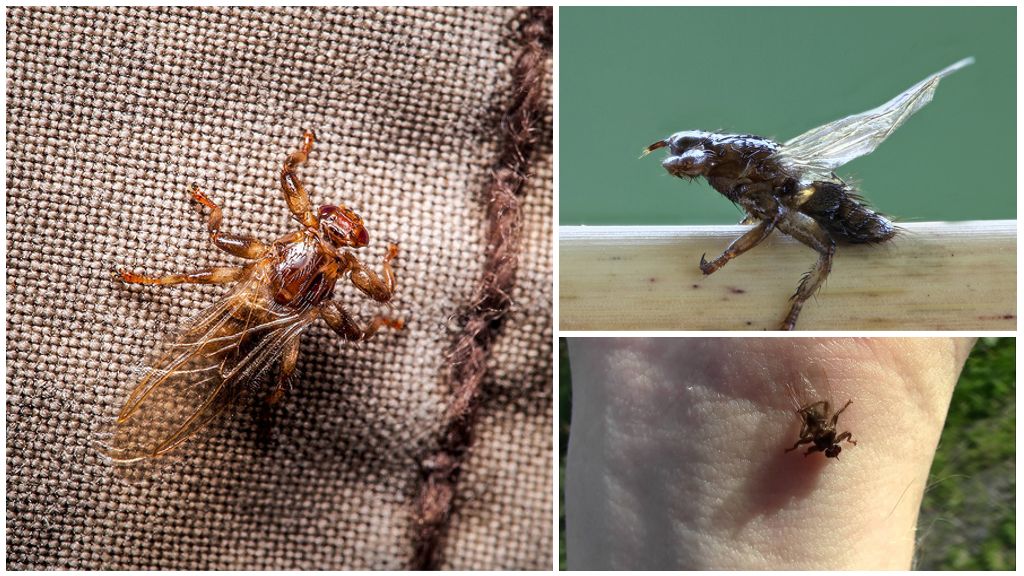
Is moose tick dangerous for humans
Not only animals are subject to attacks of bloodsuckers, a person can become a victim of a pest. The response to a bite of a moose flea varies: some do not feel a shot at all, while others may experience pain and sometimes very severe. Moreover, more often this reaction is observed in people with sensitive skin.
After 1-2 days from the moment the parasite applies the bite, a small seal and redness appears in the lesion, itching is felt. The manifestations of an allergic reaction are also possible, as a result of which long-lasting blisters appear and are covered with a dense crust of eczema.
On a note!
As a result of long-term observations, specialists were able to find out that during the initial attack of the parasite, the human immune system is much more resistant to the invasion of toxins. In people who were attacked by bloodsuckers for several years, the consequences of bites were more severe. As a result of numerous studies, scientists have noticed that at least 20% of elk mites contained spirochetes (pathogens Lyme disease).
Therefore, in order to prevent the attack of a moose tick, it is necessary to choose the right equipment. The maximum closed clothing should be spacious enough to have tight-fitting cuffs and a hood. Moreover, the edges of the pants must be tucked into socks or shoes. To protect the face and neck using a mosquito net. Reliable insect protection can be repellent means, the active substance in which DETA acts.
